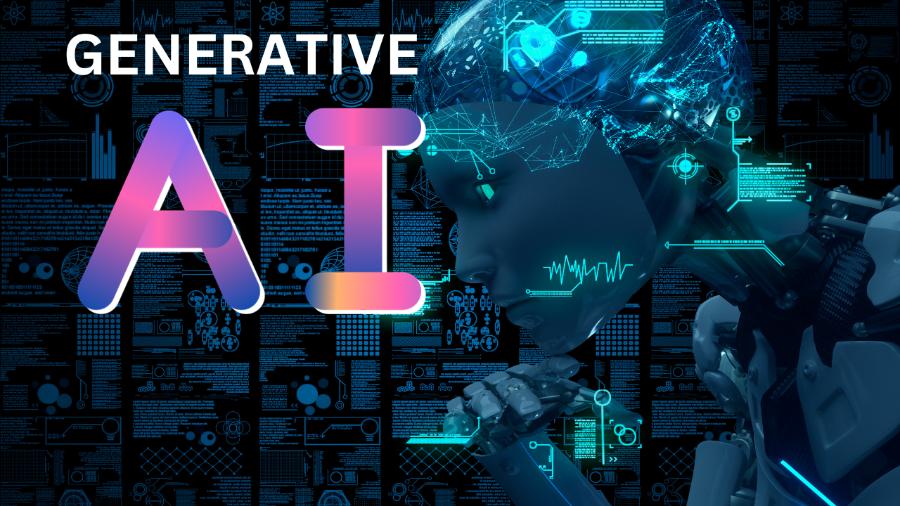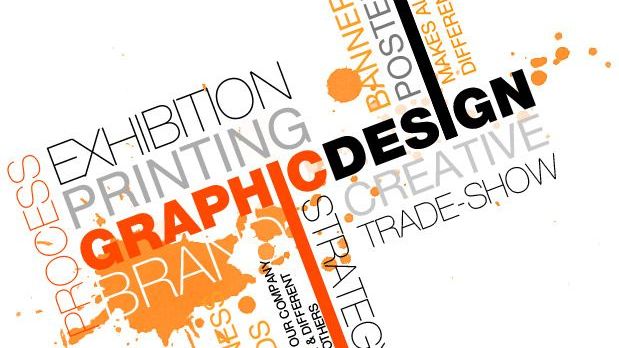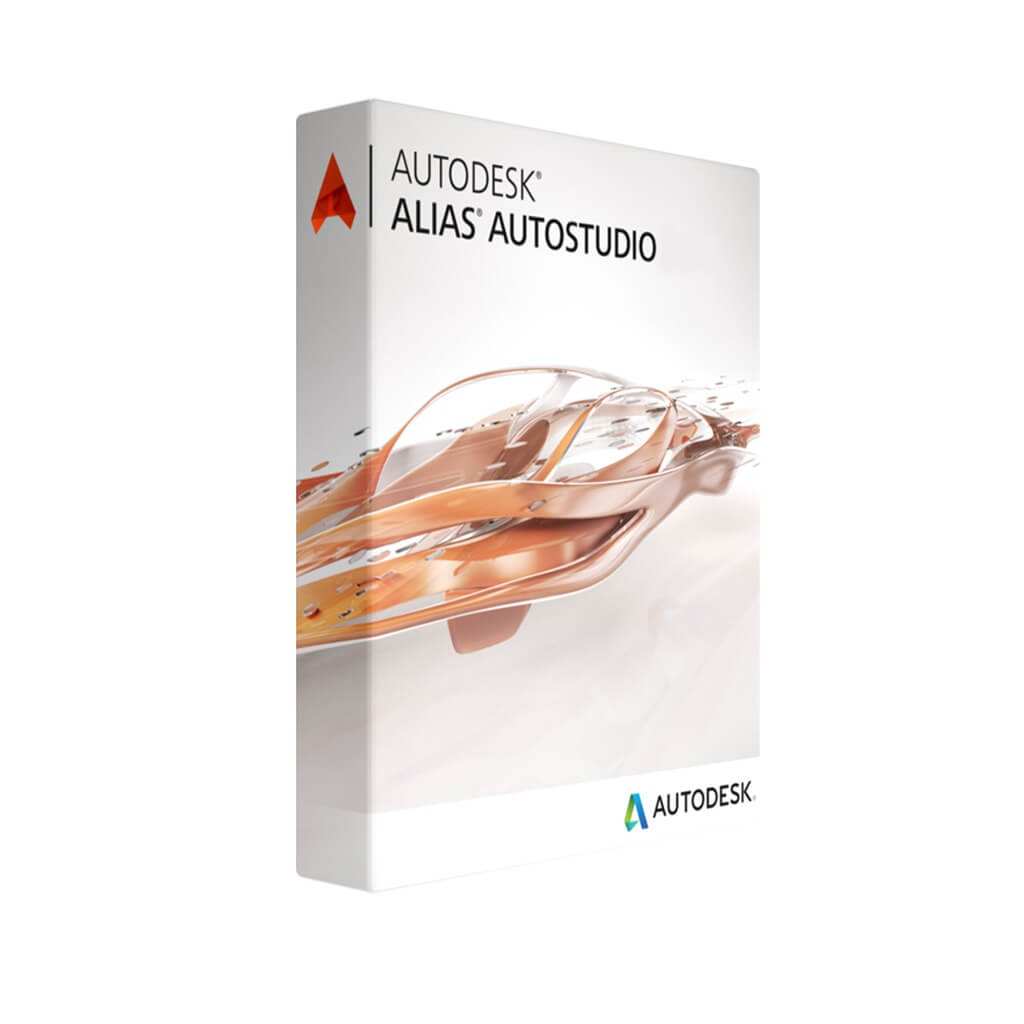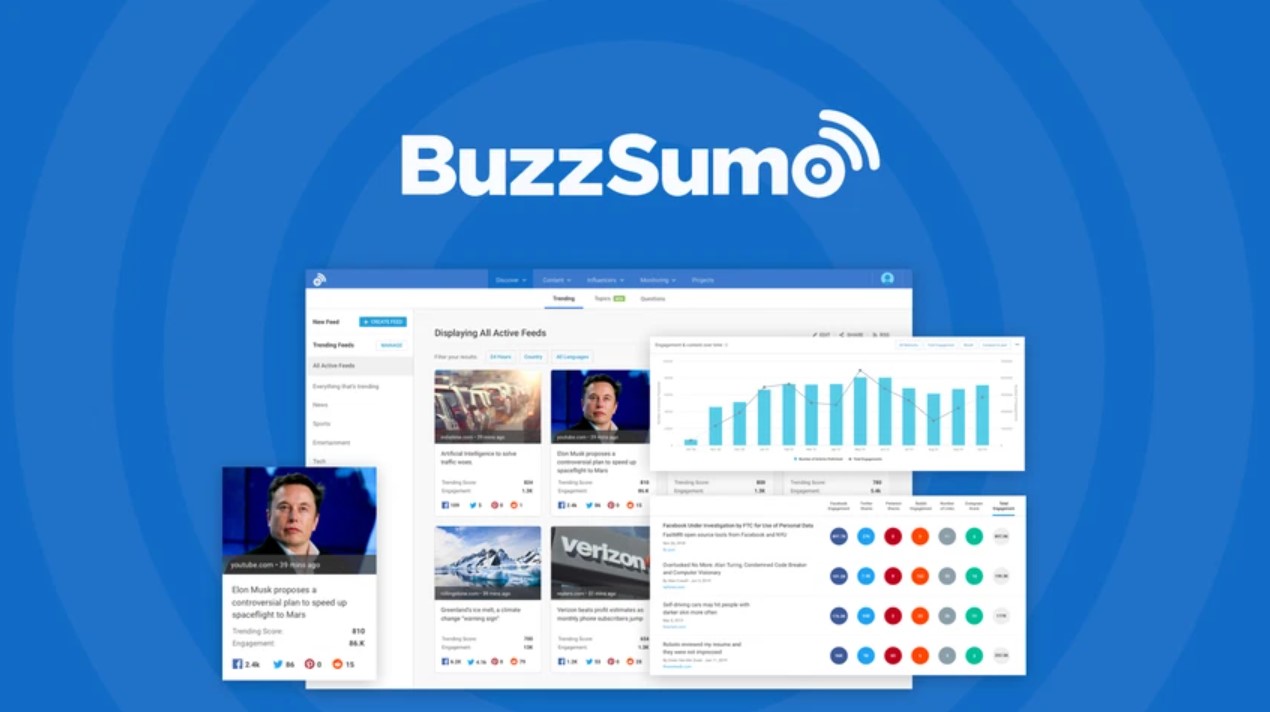Best Selling Products
Potential and Challenges of Generative AI in UI/UX Design: An In-Depth Look
Nội dung
- 1. Introduction to Generative AI in UI/UX Design
- 2. Generative AI in UI/UX Design: Significant Potentials
- 2.1 Generate user interface automatically
- 2.2 User behavior analysis
- 2.3 Create creative design models
- 2.4 Optimize user experience
- 2.5 Automate the design process
- 2.6 Diverse Testing Capabilities
- 3. Concerns Surrounding Generative AI in UI/UX Design
- 3.1 Minimizing human creativity
- 3.2 Lack of emotion and humanity
- 3.3 Security and privacy risks
- 3.4 AI Integrity and Accuracy
- 4. Benefits and Limitations of Generative AI in UI/UX Design
- 4.1 Benefits
- 4.2 Limitations
- 5. Conclusion
Generative AI is changing the entire way UI/UX design is done. Let's explore the power of this technology and its "scary" impacts on the design industry.

1. Introduction to Generative AI in UI/UX Design
Over the past few years, the UI/UX design industry has witnessed a drastic change thanks to advances in AI technology. Among them, Generative AI has emerged as a powerful tool, helping designers optimize the creative process, creating high-quality user interface (UI) and user experience (UX) products in a short time.
.jpg)
Generative AI is not just a tool to automate repetitive tasks, but also has the ability to create unique designs that optimally meet the needs and desires of users. This raises questions about the role of designers in a future where artificial intelligence can replace creative work. And can Generative AI really deliver “perfect” UI/UX designs or can it lead to unexpected results?
2. Generative AI in UI/UX Design: Significant Potentials
Generative AI is ushering in a new era for UI/UX design. Some typical applications of this technology include:
2.1 Generate user interface automatically
Generative AI can automatically generate user interfaces from simple requests, based on user data analysis and market trends. This not only saves time but also optimizes the creative process. AI can make design suggestions that are suitable for each industry, thereby helping designers easily choose the right customizations.
2.2 User behavior analysis
With the ability to process and analyze huge amounts of data, Generative AI helps designers understand user behavior on digital platforms, thereby making more accurate UX improvements. This helps optimize factors such as page load speed, engagement, and user satisfaction.
2.3 Create creative design models
Generative AI can learn from previous designs to create new models. AI will study and simulate successful UI/UX designs, thereby creating highly creative designs that are still feasible and easy to use.
.jpg)
Generative AI is capable of automating many stages of UI/UX design, from creating basic layouts to suggesting graphic elements such as colors, icons, and fonts. This significantly reduces the time it takes to complete a design product, allowing designers to focus on optimizing the user experience.
For example, AI-powered tools like DALL-E, MidJourney, or Figma can generate a bunch of interface ideas in minutes based on some basic inputs, which is a huge advantage for projects that need to be deployed quickly.
2.4 Optimize user experience
AI tools can analyze factors that affect user experience and make appropriate adjustments. Specifically, from the way information is organized, to graphic elements such as color, font, layout, etc., thereby suggesting more suitable designs. This not only improves user experience but also helps businesses increase conversion rates and retain customers.
2.5 Automate the design process
Thanks to AI, many stages of UI/UX design can be automated, such as creating wireframes, creating user journey maps, or testing design principles such as consistency and usability. This not only reduces costs but also speeds up the product development process.
2.6 Diverse Testing Capabilities
One of the biggest advantages of Generative AI is its ability to generate multiple versions of a design for testing. This makes it easy for designers to compare and choose the optimal option without much effort. A/B testing can be done faster and more efficiently with the help of AI.
3. Concerns Surrounding Generative AI in UI/UX Design
.jpg)
While Generative AI offers a lot of potential, it is undeniable that the technology also raises major concerns for designers and users. Potential issues that need to be carefully considered include:
3.1 Minimizing human creativity
One of the biggest concerns is that generative AI could stifle the creativity of designers. As AI begins to create user interfaces and experiences without much human intervention, the unique creativity of designers could be limited. If AI simply follows existing design patterns, will we be able to create truly unique and revolutionary products?
3.2 Lack of emotion and humanity
One important thing in UI/UX design is the ability to connect emotionally with users. While AI can analyze data and create optimal designs, can it understand the complexities of users' emotions? It can be said that AI technology cannot completely replace the feeling and empathy that a human designer can bring.
3.3 Security and privacy risks
.jpg)
Generative AI can collect and analyze extensive user data to optimize the experience. However, misuse of this data can lead to security and privacy issues. This has many users concerned about their personal information being exposed without protection.
3.4 AI Integrity and Accuracy
While AI can produce designs that appear technically perfect, can it understand all the important elements of design, such as the interactions between elements and the overall user experience? Over-reliance on AI can lead to unintended results, or even create products that don’t fit real-world needs.
4. Benefits and Limitations of Generative AI in UI/UX Design
In the future, the combination of the power of Generative AI and human creativity will be the key to creating breakthrough design products that both meet market needs and bring sustainable value to users.
4.1 Benefits
Increase productivity and save time : AI can reduce tedious workloads, allowing designers to focus on creative and strategic aspects.
High personalization : AI can customize the interface and user experience for each specific audience, bringing maximum satisfaction to users.
Generating innovative designs : Generative AI can help explore new directions, helping designers find creative solutions they might not have thought of otherwise.
.jpg)
4.2 Limitations
Limits on creativity : AI can only rely on existing data, which can limit creativity in design.
Lack of emotional understanding : AI can create technically sound designs, but lacks the ability to understand and connect with user emotions like a real designer.
The difficulty of maintaining humanity in design : A design product needs to not only be beautiful but also bring a sense of closeness and ease of use to the user. AI may have a hard time doing this perfectly.
Ethics and Property Rights Issues: AI learns from existing data, including designs that have already been created by humans. This raises questions about intellectual property rights: do AI-generated products violate copyright? Additionally, using AI to create interfaces can lead to ethical issues if not carefully controlled.
High Technical Requirements: To fully utilize the potential of Generative AI, designers and businesses need to have specialized knowledge of the technology. This includes understanding how AI works, how it processes data, and how to integrate it into existing workflows. For smaller or under-resourced organizations, this can be a major barrier.
Cheap ChatGPT Plus (GPT-4) Account
5. Conclusion
Generative AI is proving to be a powerful tool in UI/UX design, helping to optimize the creative process, improve user experience, and save time. However, it is important that this technology is properly combined with human creativity and emotion to achieve optimal results.












































